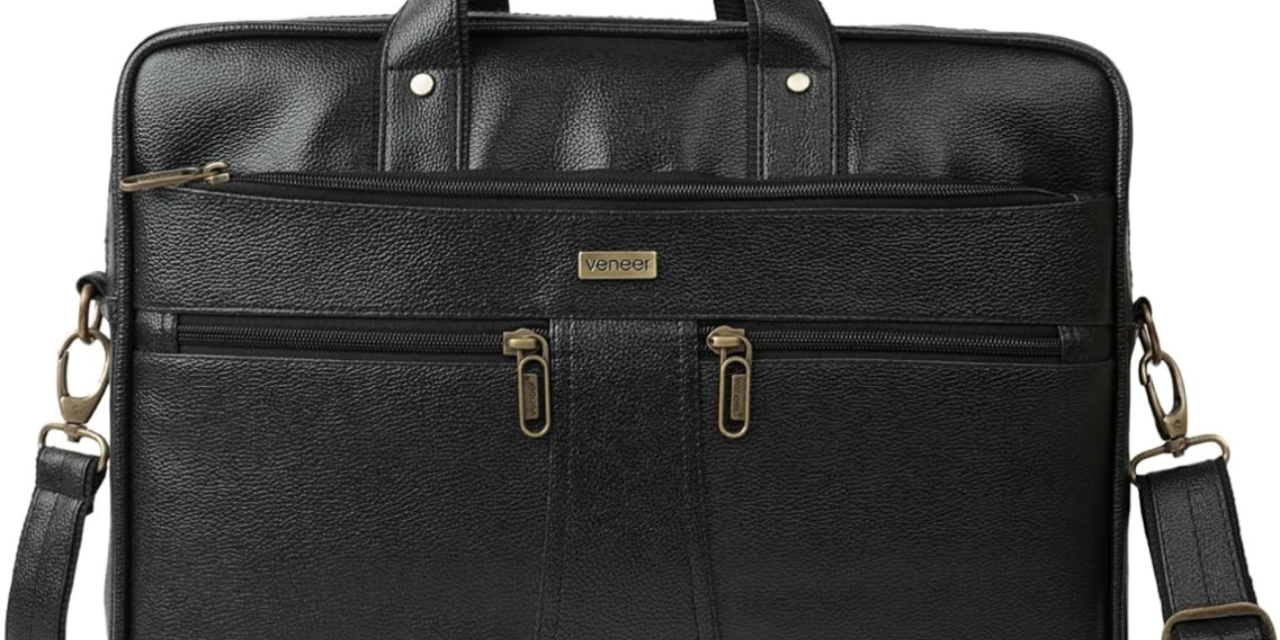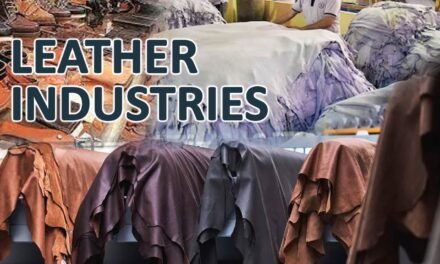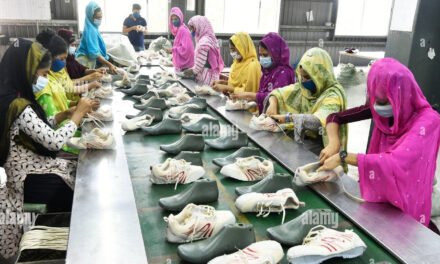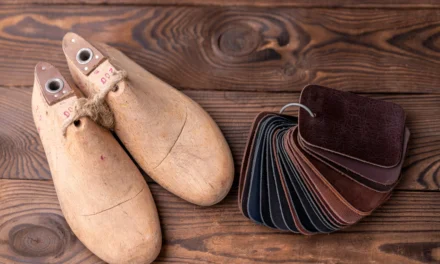Synthetic leather has emerged as a strong competitor to genuine leather for briefcases and laptop bags due to various factors, such as cost, durability, sustainability concerns, and consumer preferences. Below is a comparison of how synthetic leather is competing with genuine leather:
1. Cost Advantage
- Synthetic Leather:
- Cheaper to produce as it involves plastic-based polymers (like polyurethane – PU, or polyvinyl chloride – PVC) and faster production methods.
- Lower material and manufacturing costs make synthetic leather affordable for mass markets.
- Genuine Leather:
- Requires animal hides and a labor-intensive tanning process.
- Higher production costs, especially for premium grades (e.g., vegetable-tanned leather).
Result: Synthetic leather appeals to budget-conscious consumers and brands offering competitively priced laptop bags and briefcases.
2. Sustainability and Environmental Concerns
- Synthetic Leather:
- Promoted as an animal-free alternative, appealing to vegan and eco-conscious consumers.
- Innovations in plant-based or bio-based synthetic leathers (e.g., mushroom leather, pineapple leather) are reducing dependency on petroleum-based plastics.
- However, traditional synthetic leather (PU/PVC) raises concerns due to non-biodegradability and microplastic pollution.
- Genuine Leather:
- While durable, conventional tanning processes (like chrome tanning) contribute to water pollution and chemical waste.
- More manufacturers are shifting to vegetable-tanning and sustainable leather processes to improve eco-friendliness.
Result: Synthetic leather leverages its “animal-free” marketing, though genuine leather is regaining ground through sustainable innovations.
3. Durability and Performance
- Synthetic Leather:
- Modern synthetic leathers offer improved water resistance, scratch resistance, and consistency in texture and color.
- However, synthetic leather has a shorter lifespan compared to well-maintained genuine leather, as it may crack or peel over time.
- Genuine Leather:
- Known for its superior durability, flexibility, and aging quality. High-quality leather improves with age and can last decades with proper care.
- Genuine leather withstands heavy usage, which is ideal for laptop bags and professional briefcases.
Result: While synthetic leather offers short-term performance benefits, genuine leather wins in long-term durability and value.
4. Aesthetic Appeal
- Synthetic Leather:
- Can mimic the look and feel of genuine leather using advanced manufacturing processes.
- Offers more versatility in colors, finishes, and textures to cater to fashion-forward and modern designs.
- Genuine Leather:
- Retains a premium, natural feel that is difficult to replicate completely.
- Often associated with luxury and high-status products.
Result: Synthetic leather is gaining appeal for its design versatility, but genuine leather still dominates the luxury market.
5. Weight and Maintenance
- Synthetic Leather:
- Typically lighter than genuine leather, which is ideal for travel-friendly laptop bags.
- Requires less maintenance as it is water-resistant and easier to clean.
- Genuine Leather:
- Heavier and requires regular maintenance (cleaning, conditioning) to prevent drying, cracking, or water damage.
Result: Synthetic leather’s lightweight and low-maintenance nature attracts busy professionals and travelers.
6. Ethical Consumer Demand
- Synthetic Leather:
- Rising demand for vegan and cruelty-free products has boosted synthetic leather’s market share, especially among younger, environmentally conscious buyers.
- Genuine Leather:
- Despite being natural, genuine leather faces criticism for animal cruelty and environmental impact, which affects its perception among certain consumer segments.
Result: Brands promoting vegan leather have an edge in markets prioritizing ethics and sustainability.
7. Market Innovations
- Synthetic Leather:
- Emerging materials like bio-leather made from mushrooms (Mycelium), cactus, or fruit waste are reducing the carbon footprint.
- Technological advancements are addressing concerns like breathability, durability, and texture.
- Genuine Leather:
- The leather industry is innovating with eco-friendly tanning techniques (vegetable tanning) and circular economy practices to minimize waste.
Result: Both sectors are investing in innovation to cater to consumer demand for sustainability and high-quality products.







